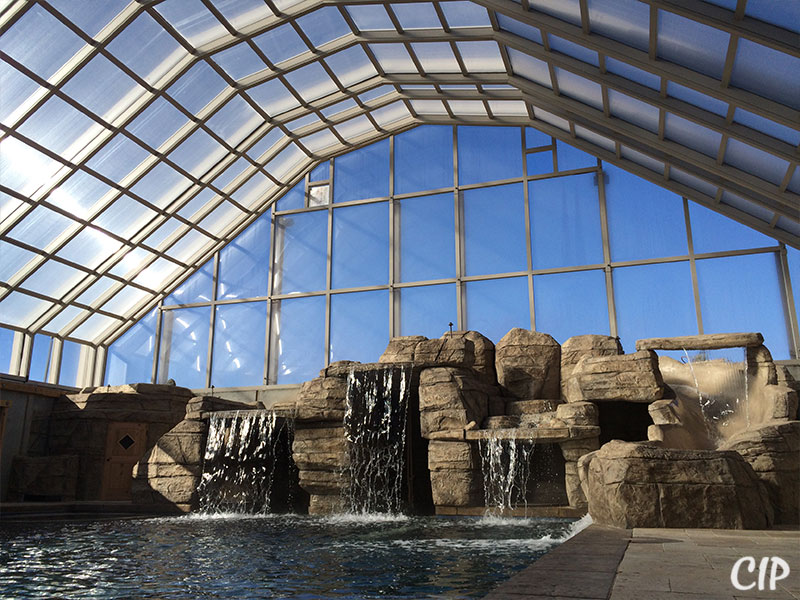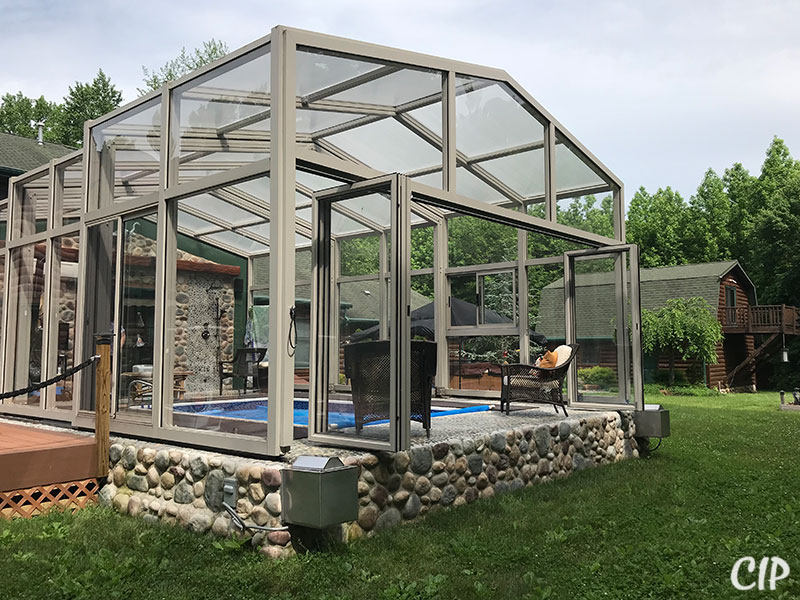Owning a swimming pool comes with the responsibility of ensuring a safe environment, particularly for children and pets. One of the most effective ways to create a safe pool area is by installing proper pool safety barriers. These barriers not only prevent unauthorized access but also help reduce the risk of drowning and accidents. In this guide, we’ll explore the importance of residential pool safety guidelines, pool fence regulations, and pool gate safety standards, offering a comprehensive approach to maintaining a safe swimming environment.
Why Pool Safety Barriers Are Critical
Pool safety barriers are essential for preventing unsupervised access to a swimming pool. Whether it’s children, pets, or even curious neighbors, having a physical barrier in place dramatically reduces the risk of accidental drownings. For residential pools, following residential pool safety guidelines is key to ensuring that your pool is compliant with local laws and safe for all users.
– Protecting Children with Pool Barriers: Drowning is a leading cause of accidental death for children under five. Having proper pool safety barriers in place can make a life-saving difference. These barriers act as a deterrent and ensure children cannot easily access the pool without supervision.

Types of Pool Safety Barriers
There are various types of pool safety barriers available, and the best choice depends on your specific needs and the layout of your pool. Each type of barrier plays a crucial role in complying with pool fence regulations and other residential pool safety guidelines.
Fences
The most common pool safety barrier is a fence. It forms a physical obstruction around the pool, making it difficult for children or animals to enter without adult supervision.
– Pool Fence Regulations: Most local authorities require that pool fences be at least 4 feet high, with no gaps that could allow small children to climb through. Pool fence regulations also dictate that the fence should not be climbable from the outside, meaning the use of vertical bars or closely spaced panels is preferred.
– Materials: Fences can be made from aluminum, vinyl, mesh, or wood. Mesh fences are particularly popular due to their durability and transparency, allowing for clear visibility of the pool while maintaining safety.
– Pool Gate Safety Standards: Gates in pool fences should be self-closing and self-latching, with latches placed at least 54 inches above the ground to prevent small children from opening them.
Safety Covers
A safety pool cover provides another layer of protection, especially when the pool is not in use.
– Solid and Mesh Covers: Both types of covers are designed to support weight, preventing children from falling into the water if they step onto the cover. It’s important to choose a cover that complies with local swimming pool safety compliance guidelines and can securely fasten over the pool.
– Lockable Covers: Some covers offer locking mechanisms to ensure additional security when the pool is unsupervised.
Pool Alarms
While not a physical barrier, alarms can provide an extra safety layer by alerting you if someone enters the pool area unexpectedly.
– Gate Alarms: These activate if the pool gate is opened, which is particularly useful for added pool gate safety standards.
– Water Sensors: Placed in the pool itself, these sensors can detect disturbances in the water and trigger an alert.

Residential Pool Safety Guidelines
Complying with residential pool safety guidelines is not only a legal obligation but also a moral one to protect your loved ones. These guidelines typically cover the type of pool safety barriers, their installation, and maintenance practices.
Pool Fence Regulations
Most municipalities have strict pool fence regulations that pool owners must follow. These regulations ensure that the pool area is adequately fenced off from children or unauthorized individuals.
– Height Requirements: Fences must typically be a minimum of 4 feet tall, though some areas may require taller barriers.
– Material Requirements: Regulations may specify the materials that can be used, ensuring they are durable and non-climbable.
Swimming Pool Safety Compliance
Ensuring swimming pool safety compliance means following not only local laws but also best practices for safeguarding the pool area. This includes routine inspections of pool safety barriers to ensure they are functioning properly and making necessary repairs when needed.
– Inspecting Barriers: Regularly inspect your pool fence and gate to ensure there are no gaps or weak points. Pay particular attention to gates, as they must meet strict pool gate safety standards to be effective.
– Maintaining Pool Covers: Periodically check pool covers for tears or wear, and ensure that they can be securely fastened when in use.

Best Practices for Pool Safety Barriers
Following the best practices for pool safety barriers ensures that your pool is always ready for safe use. Consider implementing a combination of physical barriers, alarms, and supervision to create a safe pool environment.
Layered Protection
One of the best ways to ensure pool safety is by using a combination of barriers. For example, you can combine a fence with a self-latching gate and a pool cover for added protection. Adding pool alarms or motion sensors can further enhance security, especially in households with small children.
Supervision and Education
Even with proper pool safety barriers, adult supervision is essential. Pool barriers should never replace active supervision. Educate your children about pool safety rules, such as never entering the pool area without an adult.
– Protecting Children with Pool Barriers: Explain to your children why pool fences and other barriers are important. Instill pool safety habits by reinforcing the idea that they should never try to climb or bypass the pool gate.
Regular Maintenance
Proper maintenance is critical for ensuring that your pool safety measures remain effective. Make it a habit to inspect fences, gates, and pool covers periodically.
– Maintaining Pool Fences: Check that the fence remains secure, with no gaps or broken sections. Ensure the gate closes and latches on its own to comply with pool gate safety standards.
– Testing Pool Alarms: Regularly test any alarms to make sure they are functioning correctly.
Implementing proper pool safety barriers is essential for safeguarding your swimming pool and ensuring compliance with residential pool safety guidelines. From sturdy fences that follow pool fence regulations to reliable gate latches that meet pool gate safety standards, each element plays a crucial role in protecting your family.
Whether you’re protecting children with pool safety barriers or ensuring that your pool area meets swimming pool safety compliance standards, these measures contribute to a safer, more enjoyable pool environment for everyone. By combining physical barriers with active supervision and regular maintenance, you create a pool that is secure, compliant, and safe for everyone to enjoy.

